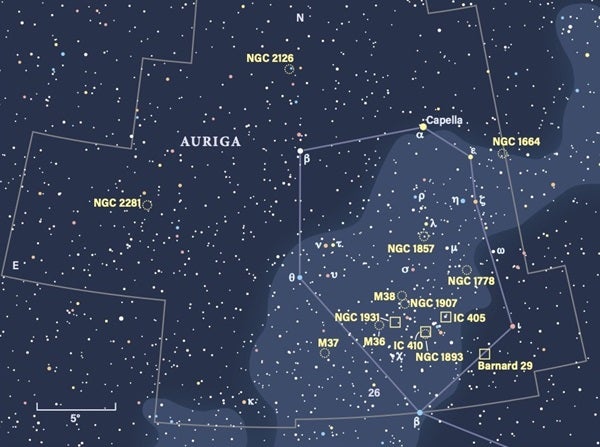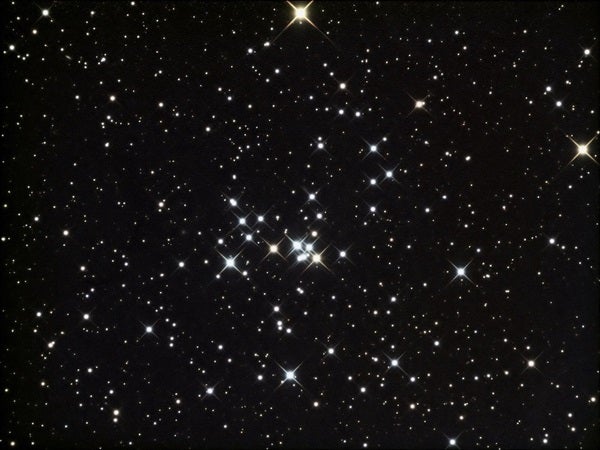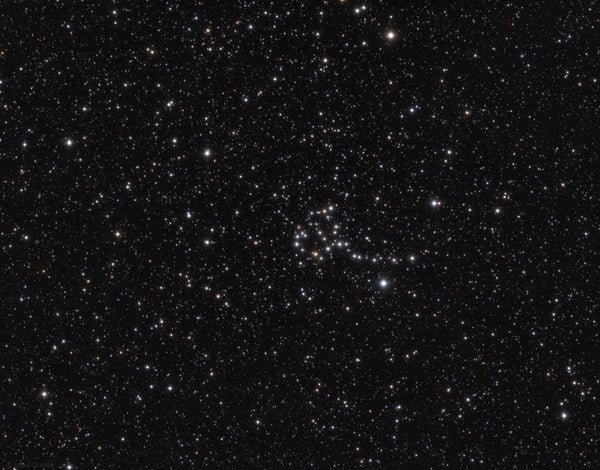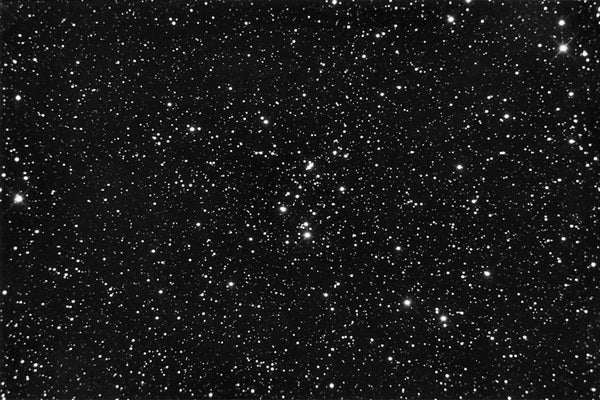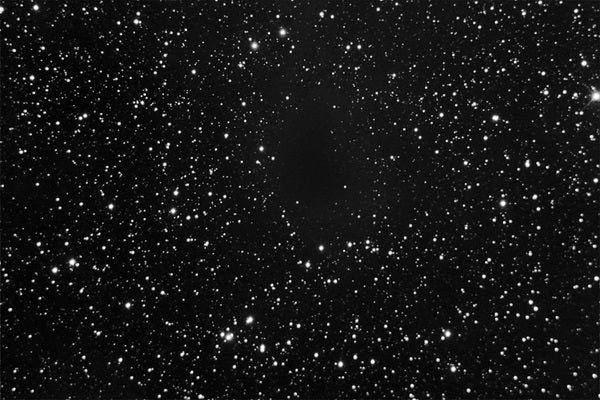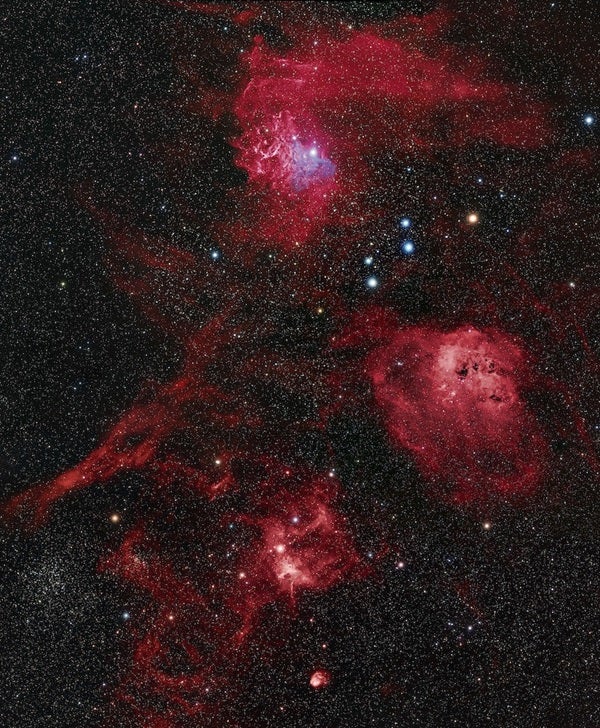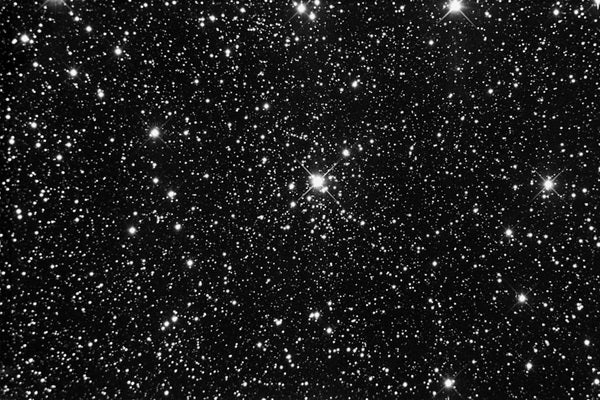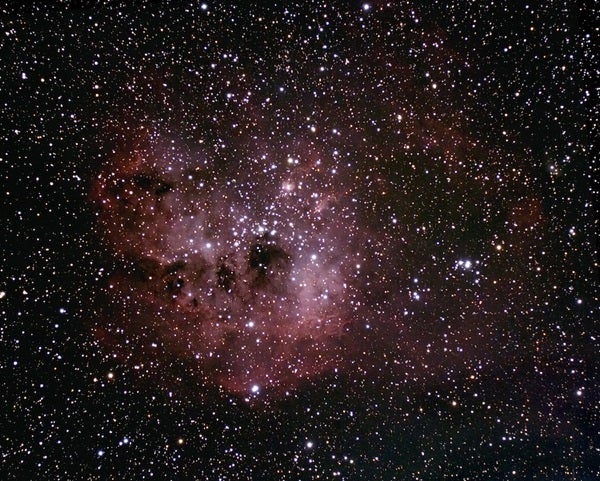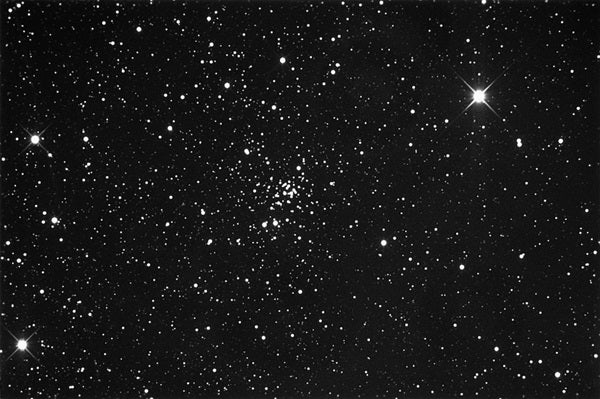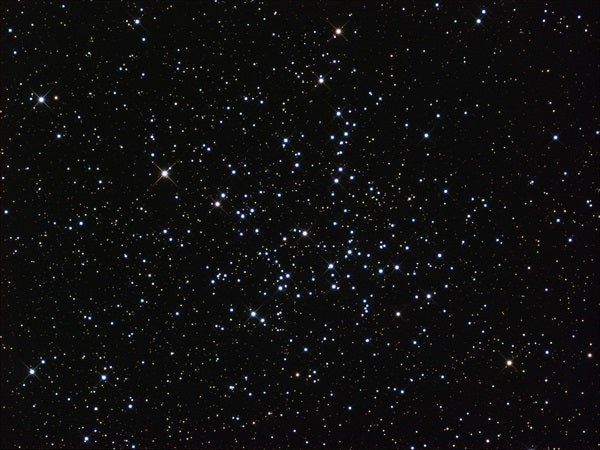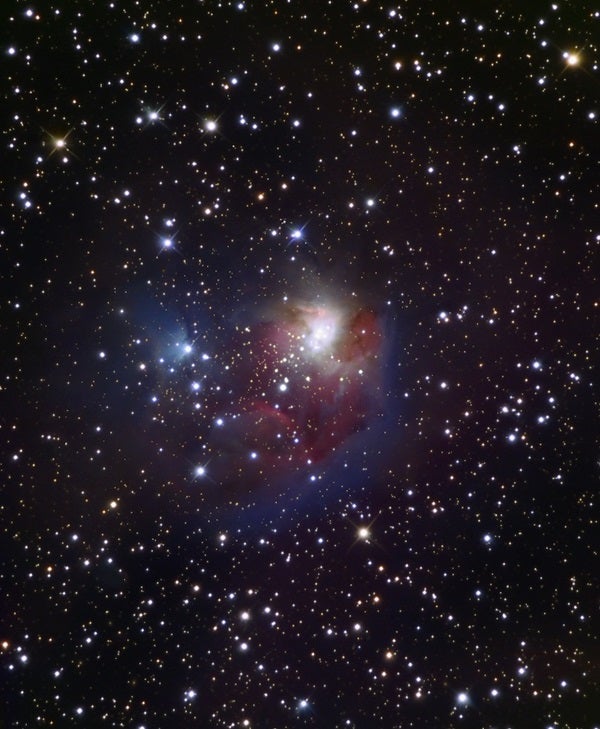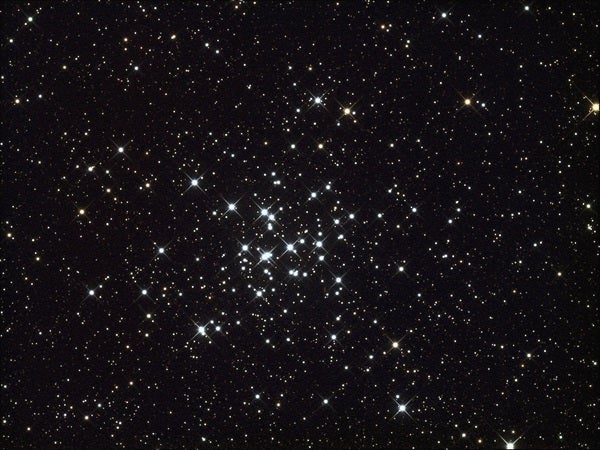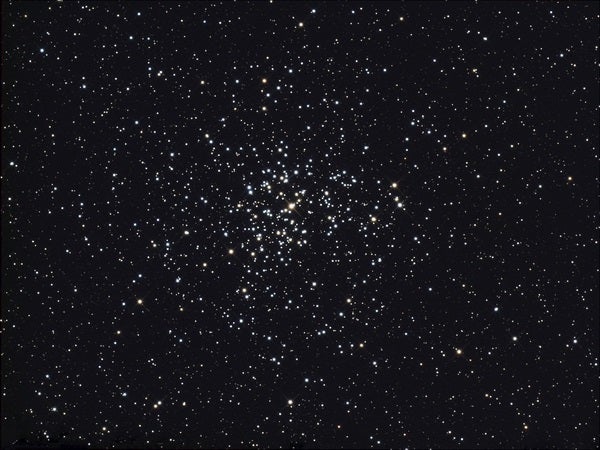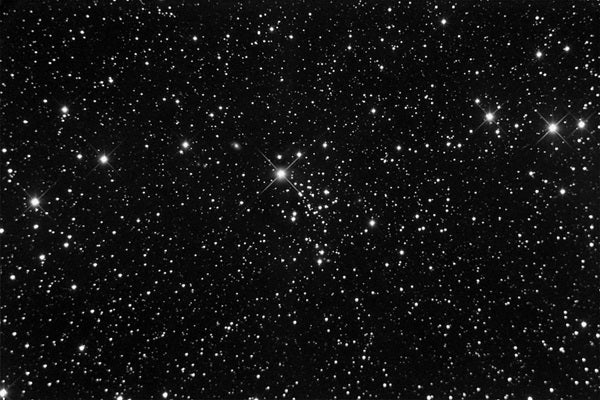The constellation Auriga (pronounced or-EYE-guh) the Charioteer, a star pattern known by this name for several thousand years, is easy to recognize primarily because of its brightest star, Capella (Alpha [α] Aurigae). This luminary is the sixth-brightest nighttime star and shines with an intense yellow light. The constellation’s Beta star, magnitude 1.9 Menkalinan, is 40th brightest.
The Charioteer is visible in the evening from mid-autumn through winter in the Northern Hemisphere. Its center lies at R.A. 6h01m and Dec. 42° north. Auriga ranks 21st in size out of the 88 constellations, covering 657.44 square degrees (1.59 percent) of the sky. Its size is a bit of a hindrance to its visibility, however. It lies in the middle of the constellation ladder (43rd) in terms of overall brightness.
The best date each year to see Auriga is December 21, when it stands opposite the Sun in the sky and reaches its highest point at local midnight. With respect to visibility, anyone living north of latitude 34° south can see the entire figure at some time during the year. And it’s completely invisible only to those who live at latitudes south of 62° south.
Auriga contains three Messier objects (all open clusters) and several other open clusters and emission nebulae. Because it lies along the Milky Way, it doesn’t contain any galaxies. As you can see, however, lots of targets lie within its borders for you to point a telescope at. Good luck!
Auriga targets
Open cluster NGC 2281 glows at magnitude 5.4 and measures 14′ across. It lies 0.8° south-southwest of magnitude 5.0 Psi⁷ (ψ⁷) Aurigae. Through a 4-inch scope at 100x, you’ll spot two dozen stars. Four stars forming a parallelogram sit at the center of the cluster.
NGC 1664 is an attractive open cluster 2° west of magnitude 3.0 Epsilon (ε) Aurigae. It glows at magnitude 7.6 and spans 18′. A 4-inch scope at 100x reveals three dozen stars. The background star field is rich, but you’ll have no trouble picking out the cluster.
NGC 1778 is a magnitude 7.7 open cluster with a diameter of 8′. You’ll find it 2° east-southeast of magnitude 5.1 Omega (ω) Aurigae. Through a 4-inch scope, you’ll see two dozen stars unevenly spread across this cluster’s face. Double the aperture to 8 inches, and you’ll raise that star count to 50.
Barnard 29 is a dark nebula that lies 2.4° southeast of magnitude 2.7 Iota (ι) Aurigae. Through a 12-inch scope, B29 appears as a gray, mottled region that blends gradually into its starry surroundings. The darkest area appears 15′ across.
The Flaming Star Nebula (IC 405) appears as a dim 30′ by 20′ wisp of light. To observe it, first find AE Aurigae, which lies 4.2° east-northeast of Iota. Through a 6-inch scope, the nebula appears triangular.
Open cluster NGC 1857 sits 0.8° south-southeast of magnitude 4.7 Lambda (λ) Aurigae. It glows at magnitude 7.0 and measures 5′. Through an 8-inch scope, you’ll see 25 stars around 13th magnitude. The exception is SAO 57903, a magnitude 7.4 yellow star at the center.
IC 410 is a large (40′ by 30′) emission nebula 2.4° west-northwest of magnitude 4.7 Chi (χ) Aurigae. The nebulosity glows brightest in an area 5′ in diameter on the northwestern edge. Use a 12-inch scope with an Oxygen-III filter and this object will knock your socks off.
NGC 1907 is a magnitude 8.2 open cluster that spans 6′. A 4-inch scope at 100x shows about a dozen stars. Use a low-power eyepiece and you’ll sweep up an even-brighter open cluster: M38, 0.5° to the north-northeast.
The Starfish Cluster (M38) is the westernmost and faintest (magnitude 6.4) of the three Messier open clusters in this constellation. A 4-inch scope will reveal three dozen stars in an area 20′ across.
Emission nebula NGC 1931 sits 0.8° east-southeast of magnitude 5.1 Phi (ϕ) Aurigae. An 8-inch scope at 200x shows the nebula, which spans 4′. It orients northeast to southwest and shows non-uniform brightness across its face.
The Pinwheel Cluster (M36) is the least spectacular of the Messier trio in Auriga. At magnitude 6.0, however, it still outshines 99.99 percent of the sky’s star clusters. Through a 4-inch scope, you’ll see several dozen stars strewn across an area 12′ wide.
The Salt and Pepper Cluster (M37) displays an even distribution of stars — a rarity in open clusters. A 3-inch scope reveals 50 stars. Through a 10-inch scope, you’ll count 200, and a 16-inch will reveal 500. M37 glows at magnitude 5.6 and is 20′ across.
NGC 2126 lies midway between magnitude 1.9 Menkalinan (Beta [β] Aurigae) and magnitude 3.7 Delta (δ) Aurigae. It glows at magnitude 10.2 and spans 6′. Through a 6-inch telescope, you’ll see about 20 stars. The magnitude 6.0 star SAO 40801 lies 3′ northeast of the cluster.

